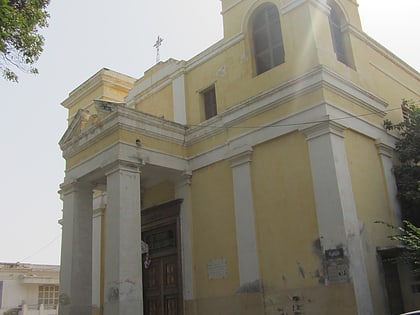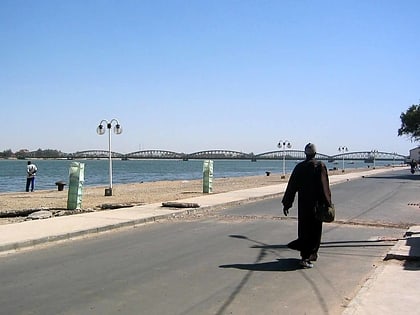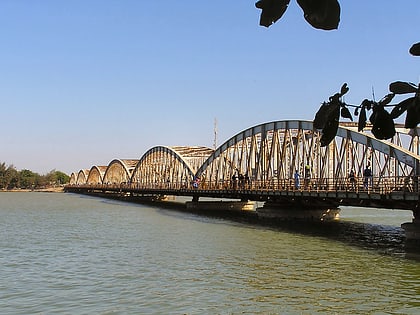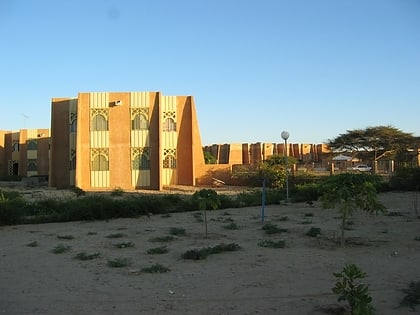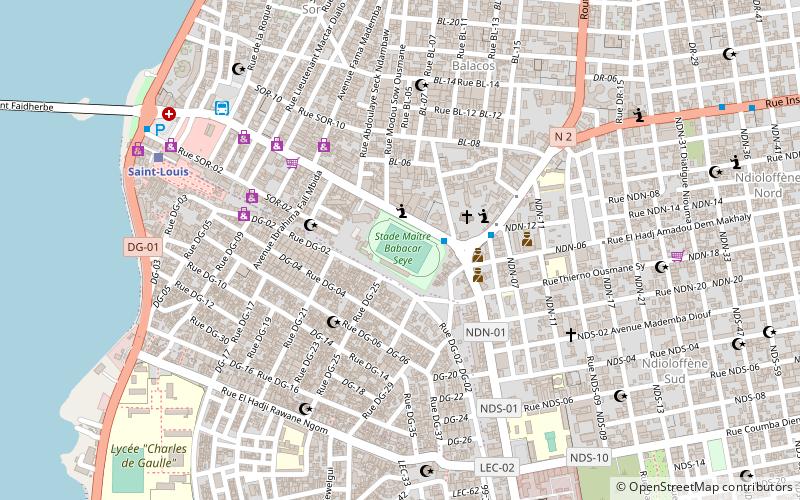St. Louis Cathedral, Saint-Louis
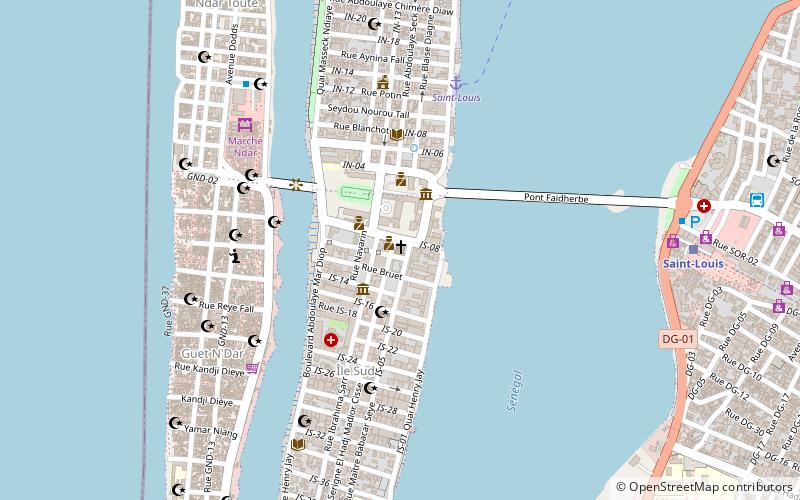
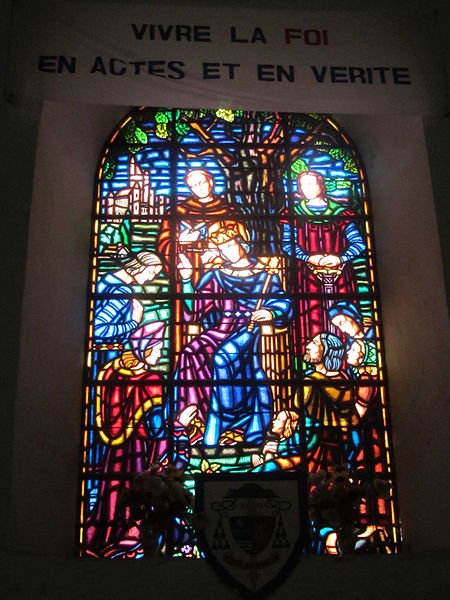
Facts and practical information
The St. Louis Cathedral, a beacon of spirituality and historical significance, stands proudly in the heart of Saint-Louis, Senegal. This church, an emblem of the city's colonial past, serves not only as a place of worship but also as a testament to the architectural prowess of the late 19th century. The cathedral, with its towering presence, was consecrated in 1828, distinguishing itself as a key landmark in the region.
Constructed during the period when Senegal was under French colonial rule, the St. Louis Cathedral is imbued with a blend of African and European design elements. Its façade, characterized by two prominent towers flanking the main entrance, invites both locals and tourists alike to explore its historical and spiritual depths. Inside, the cathedral is adorned with stained glass windows and religious artworks that reflect the cultural fusion inherent in Senegalese history.
The St. Louis Cathedral has been a central part of the community in Saint-Louis, playing a crucial role in the religious life of the city's inhabitants. It has survived the test of time, witnessing the ebb and flow of the city's fortunes and standing as a symbol of resilience and faith.
Visitors to the cathedral can immerse themselves in a serene atmosphere, attending mass or simply enjoying the quietude that the sacred space offers. The church remains a functioning institution, welcoming all who seek solace and reflection within its hallowed walls.
Saint-Louis
St. Louis Cathedral – popular in the area (distance from the attraction)
Nearby attractions include: Pont Faidherbe, Faidherbe Bridge, Gaston Berger University, Stade de Linguère.
